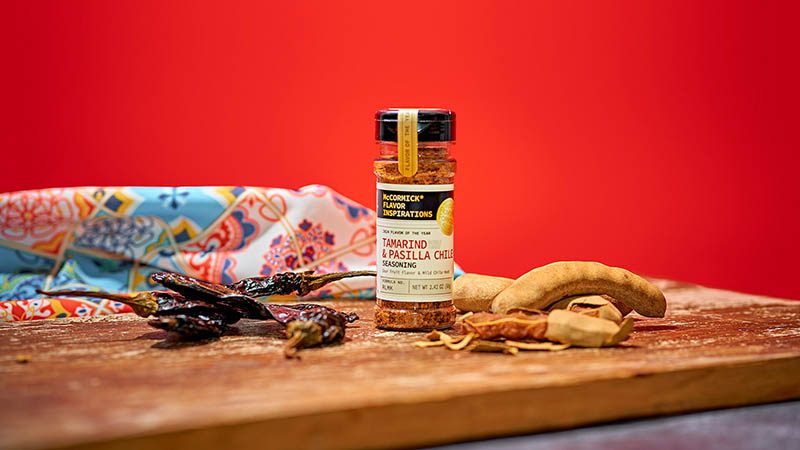There was that time when a friend brought a bottle of birthday cake-flavored vodka to a party of ours. It was meant as a joke, but we did finish it.
Birthday cake (by which I understand a flavor like that of yellow cake with vanilla frosting) is one of innumerable cutting-edge flavors that have been identified by “flavor houses” (companies that specialize in creating flavors for processed foods https://www.tastingtable.com/1230320/what-is-a-flavor-house-and-how-do-they-make-food-taste-great/) as coming trends for the imminent year.
Experts differ about the big flavor of 2024. McCormick & Co. (as in your spice cabinet) thinks it will be tamarind (a tart flavor most familiar here in the form of a sauce to accompany Indian appetizers such as samosas), whereas Ontario’s Embassy Ingredients contends that it will be the year of calamansi.
Calamansi? Not to be confused with calamari, it’s actually a citrus cultivated mainly in the Philippines. It’s very sour and is used in a variety of ways in local cuisines. (Fresh calamansi—organic, no less—is available from Kahumana on Hawaii’s Oahu island for a comparatively reasonable $5 per 1.5 pounds.)
But it’s not the fresh version we’re talking about here: it’s the flavor. Tamarind and calamansi are non characterizing flavors, which provide subtle tastes and aromas that are both distinctive and unidentifiable—reminding me of an ice cream shop in Wheaton, IL, that has served a “guess-the-flavor” ice cream—but there are bold and defining flavors as well.
You probably never realized it, but deep down inside, you know you’ve always wanted a dill pickle-flavor bagel or pizza-flavored string cheese (an obvious choice for pizza toppings).
“Innovation is happening across all categories of flavor,” says Doug Resh, director of commercial marketing for T. Hasegawa USA, of Cerritos, CA. “The evolving culinary landscape, influenced by shifting trends during the pandemic, has increased consumer desires for excitement and experiential elements in a range of food and beverage offerings.
“The industry is carefully balancing exotic flavors with familiar comfort foods that US consumers already love. As consumers expand their palates to include new flavor combinations and unexpected ingredients, a ripple effect of innovation is evident in both packaged foods and restaurant foodservice in the form of fusion foods.”
Baked goods are not exempt. Haven’t you ever had a craving for a Danish flavored like an everything bagel?
One trend is turning sweet to savory in items such as scones and croissants. The true, traditional scone is in fact savory, although try telling that to the scone place near us in Winfield, IL: the closest thing they have to a savory scone is French vanilla.
Fresh fruits and vegetables are honored as flavors—blood orange, ginger, guacamole, the aforementioned calamansi—but these are far from the real things. The proliferation of new taste combinations in processed foods may be a sign of increased American gustatory sophistication, but it’s not easy to see where the real thing might fit into all this.
Well, we already have Cotton Candy grapes, so the industry is catching on.



